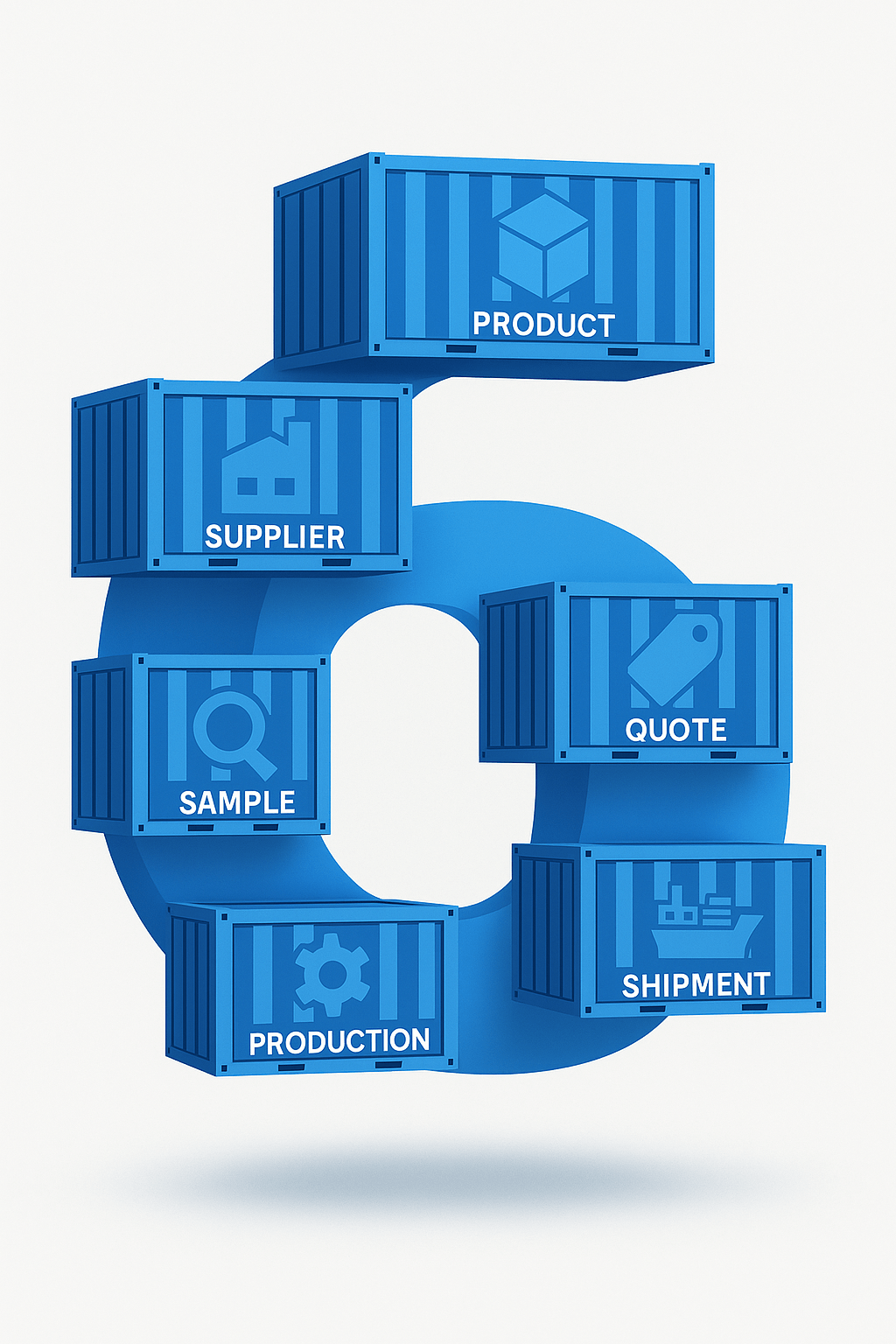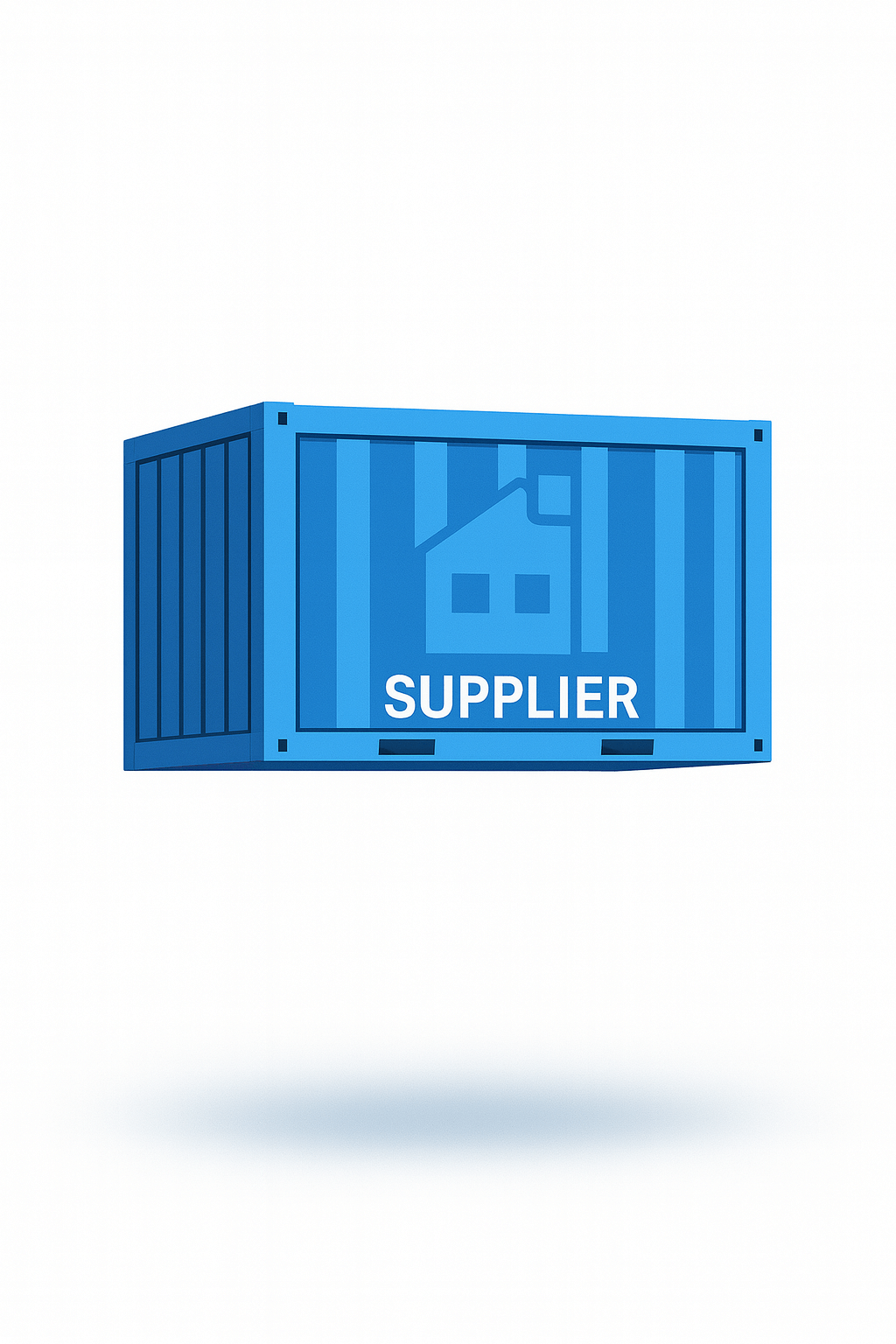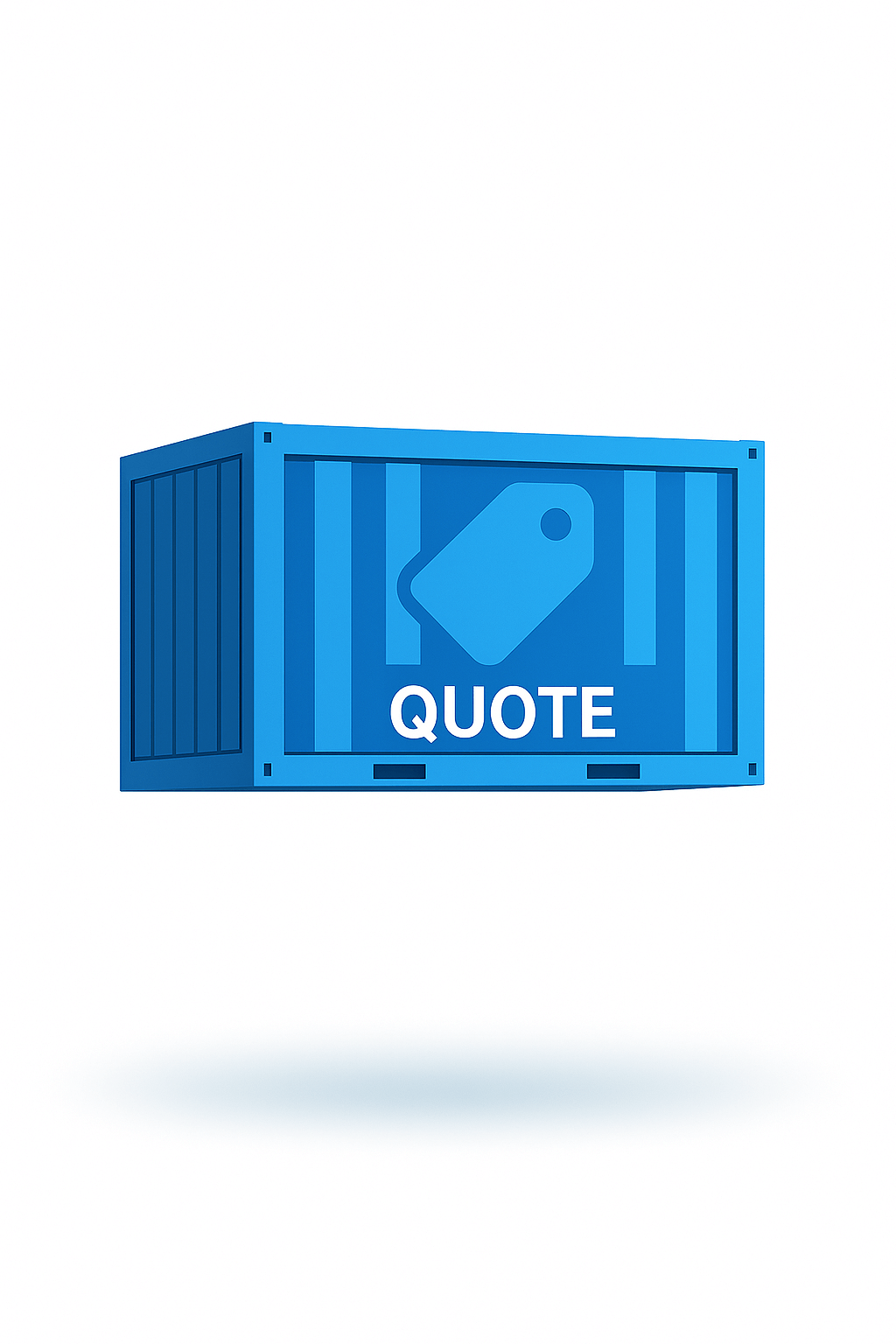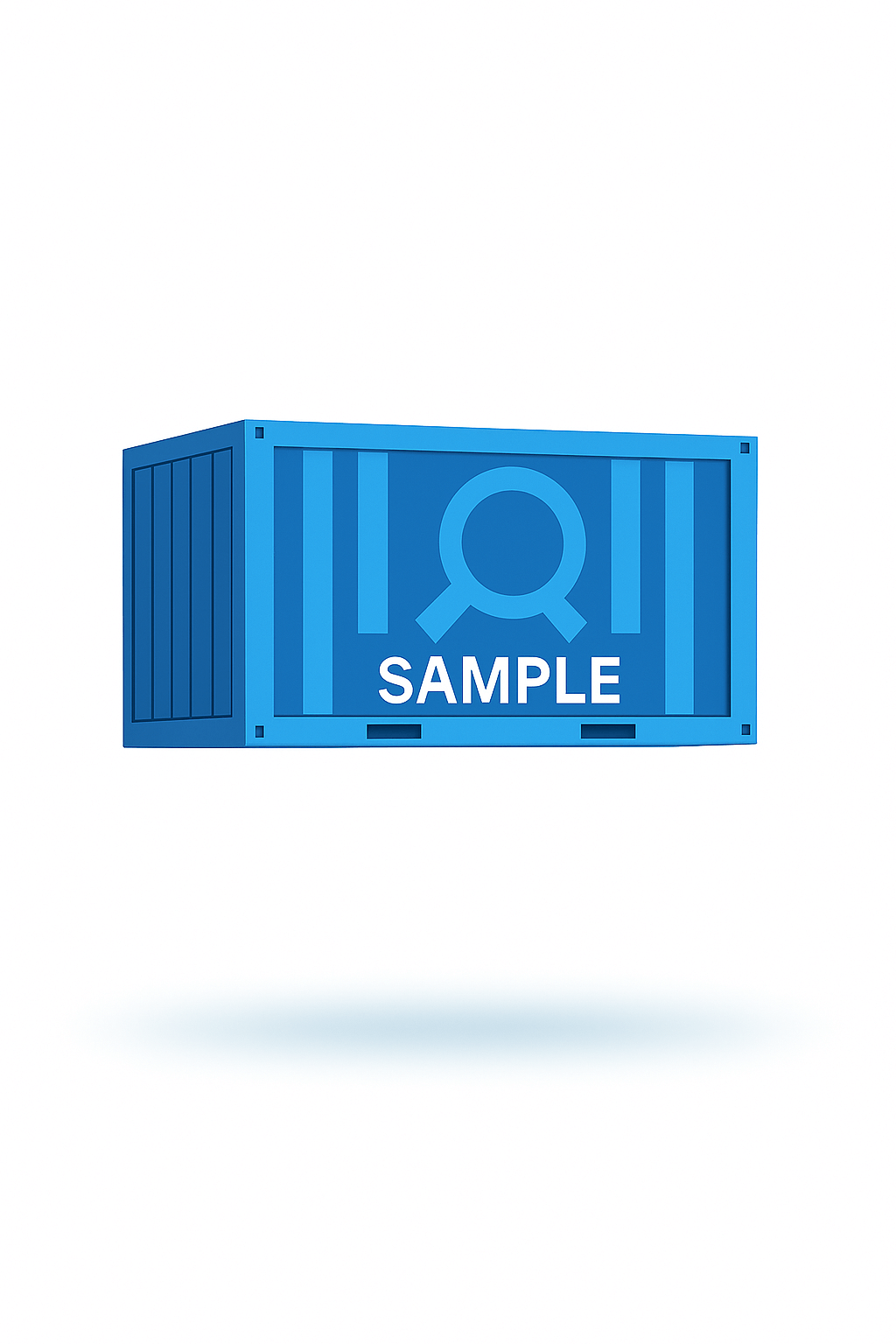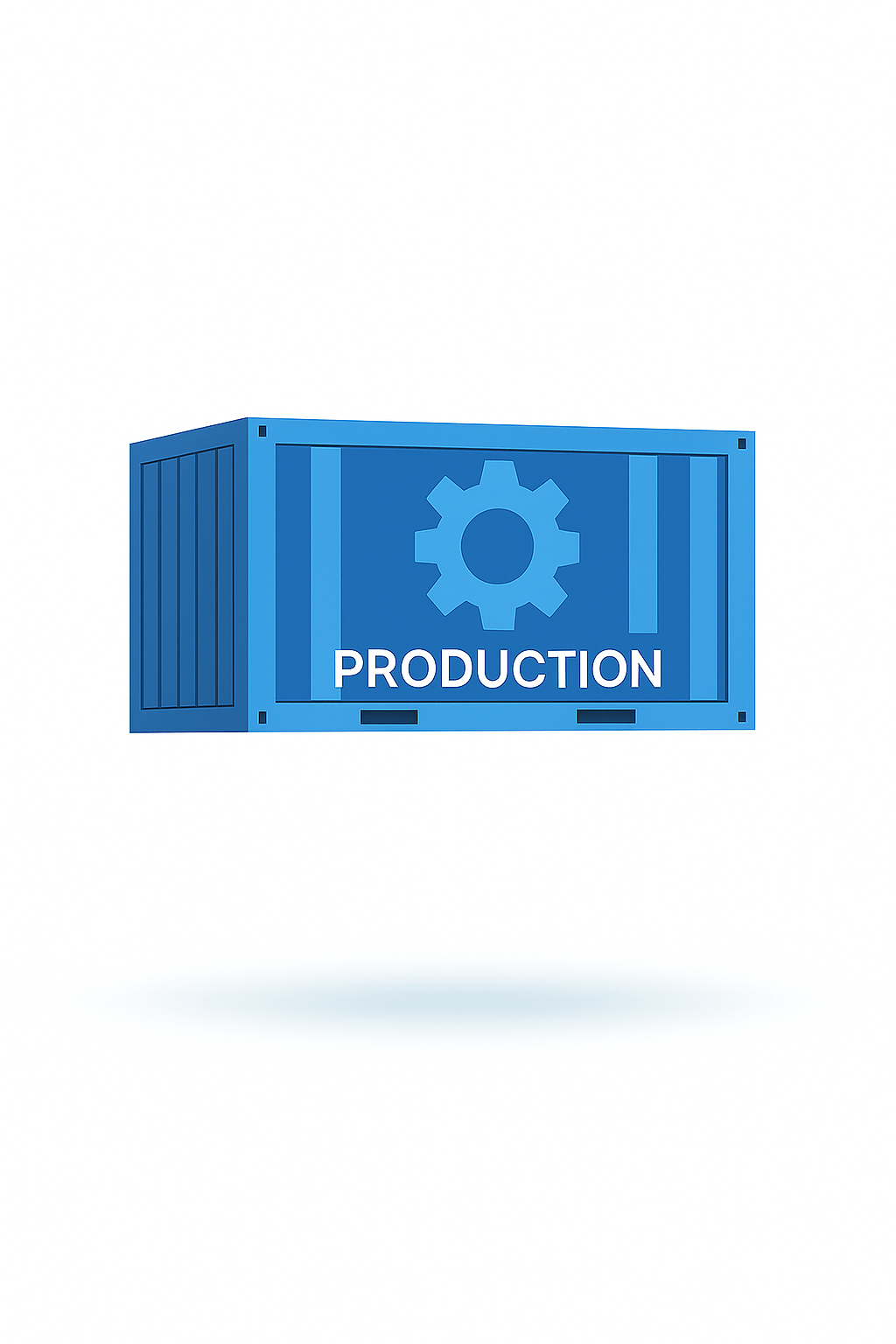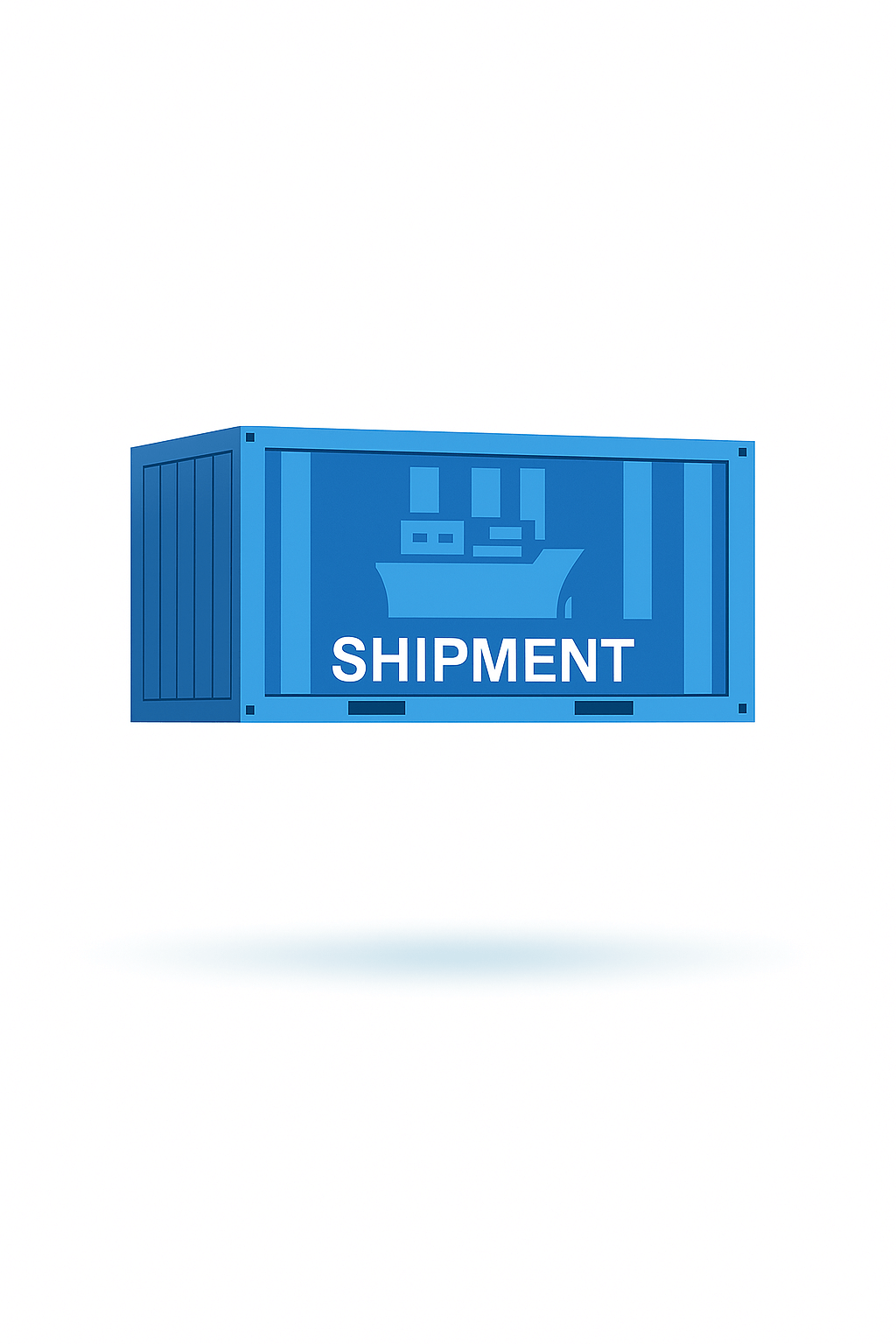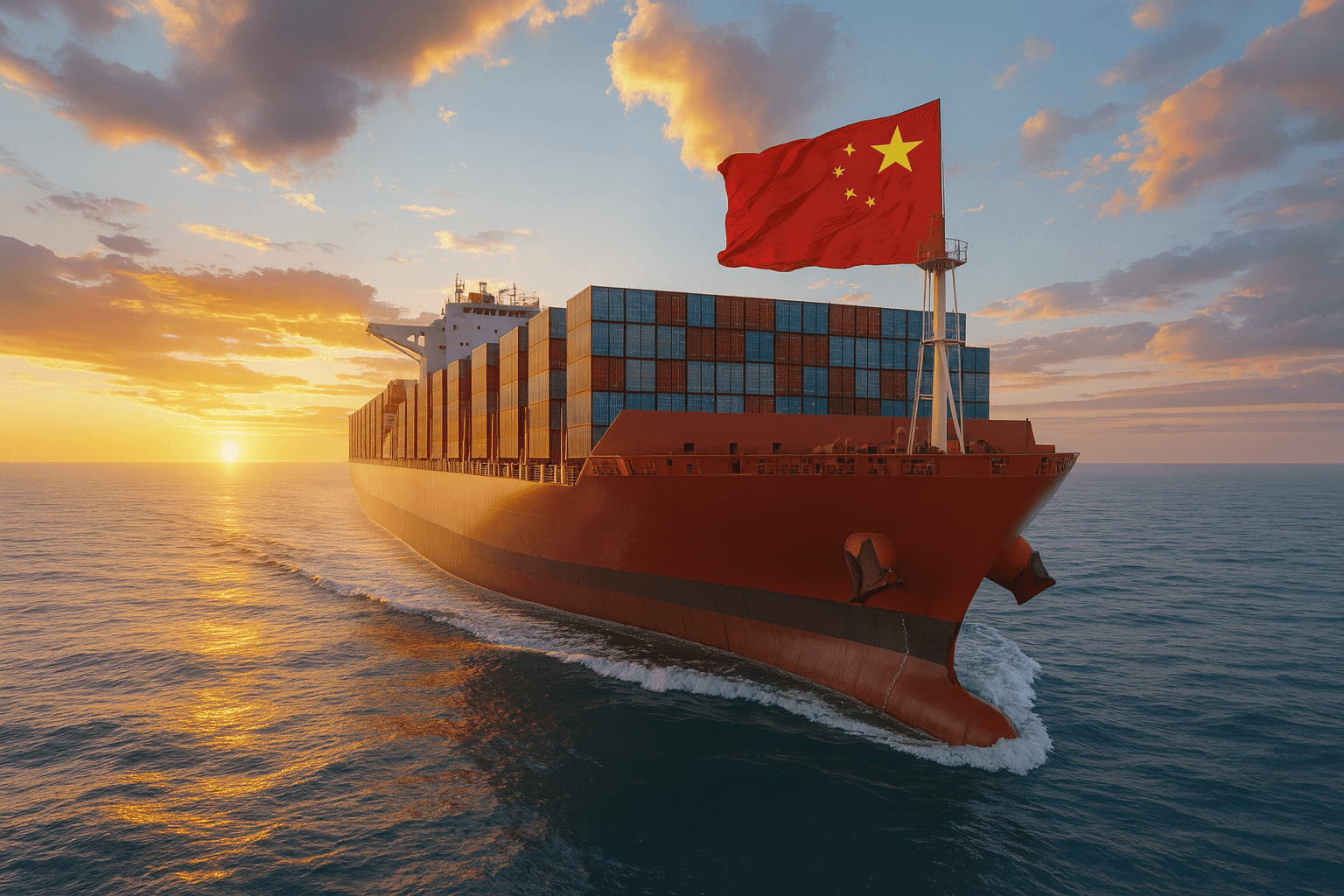Six Steps to Fortune: How to Achieve Seamless Trade
Behind every successful business lies a dependable supply chain. Yet even the most reliable chains can turn fragile overnight, shaken by market volatility, shifting tariffs, and anti-dumping policies that make international trade feel unpredictable. (Read our earlier post on tariffs↗️.)
This uncertainty creates stress for business owners already managing countless moving parts. The best way to reduce that stress (and risk) is to have a clear, structured plan and follow it consistently.
Sometimes, the most powerful solutions are the simplest ones. True efficiency is born from discipline; doing the right things, in the right order, every single time. At FortuneSix, we’ve turned this mindset into a structured sourcing framework we call the “Six Steps to Fortune”, a simple yet powerful path to achieving seamless trade.
Six Steps: Product · Supplier · Quote · Sample · Production · Shipment
We first introduced these steps briefly in our first blog post↗️.
Each one plays a unique role in building a reliable sourcing process, from idea to delivery.
Now, it’s time to dive deeper and uncover the meaning behind each step:
1. PRODUCT: Clarify Your Needs
Define precisely. Never start sourcing with vague ideas. The clearer your specifications are, the more accurate your quotations and samples will be.
Document completely. Create a “Product Brief” detailing materials, packaging, labeling, and compliance standards. (See our Product Brief Template here↗️.)
Visualize clearly. Use images or reference products. Visuals speak louder than words, especially across language barriers.
2. SUPPLIER: Shortlist and Verify Manufacturers
Go beyond search results. Check for factories on multiple platforms (Alibaba, 1688, Made-in-China) and via trade consultants.
Verify legitimacy. Match the factory’s business license and certificates to ensure you’re working with a genuine manufacturer.
Assess communication. Responsiveness and clarity early on signal reliability throughout production.
3. QUOTE: Evaluate Offers and Manage Payment
Request full details. Ask for quotations that include unit cost, MOQ, tooling fees, packaging, lead time, and payment terms.
Compare apples to apples. Make sure every supplier quotes under the same conditions to avoid misleading comparisons.
Confirm payment process. Once you decide on a supplier, handle payments through secure, traceable methods.
4. SAMPLE: Order and Evaluate Prototypes
Always test real samples. Photos can’t show texture, weight, or precision. Physical samples reveal the truth.
Check consistency. Ask whether the same materials and machines will be used for mass production as for the sample.
Refine continuously. Request revisions until the product meets your expectations before production.
5. PRODUCTION: Confirm Order and Monitor Progress
Seal it in writing. A Purchase Agreement should specify specs, deadlines, payment schedule, and penalties to protect both sides.
Track milestones. Divide production into clear stages (e.g., raw material, mid-production) and set feedback gates to ensure the project stays on schedule.
Request progress updates. Review videos/photos to avoid last-minute surprises. Or, even better, plan a visit to check production.
6. SHIPMENT: Inspect, Deliver, and Follow-up
Inspect before departure. Conduct pre-shipment checks to confirm quality.
Verify documentation. Ensure invoices, packing lists, and bills of lading align perfectly to avoid customs issues.
Stay connected. After delivery, collect feedback and maintain communication. Every shipment is the start of the next opportunity.
These six steps form a practical framework for managing trade. In reality, each stage includes more details, decisions, and follow-ups. As FortuneSix, we handle all of these processes, and many more, to make global trade as seamless as it should be.
From Process to Partnership
These six steps may seem simple, but anyone who’s tried to manage international sourcing knows that each one carries its own challenges and requires know-how to navigate smoothly.
That’s exactly why we built FortuneSix: to help businesses turn complexity into clarity.
For every step, we bring experience, local presence, and a genuine desire to make global trade more reliable, transparent, and efficient.
Why work with a sourcing consultant, and why us?
Better pricing through relationships. Strong supplier partnerships lead to better quotes and faster responses. We know how to build them.
On-the-ground quality control. Many issues go unnoticed without in-person inspections. We catch problems early and prevent costly surprises.
Save time and travel costs. Factory visits, audits, and follow-ups are time-consuming and expensive. We manage them locally on your behalf.
Bridge the language and culture gap. Even with modern translation tools, nuance can be lost. We ensure clear communication.
De-risk repeat orders. Reordering isn’t easy since materials, tooling, or staff may change. We safeguard consistency across every production batch.
If you’re new to sourcing from China, explore our Ready to Trade Program↗️ designed for entrepreneurs who want to learn the essentials of international trade and start confidently.
If you’re already sourcing but looking to improve your supply chain, we’d love help you. Check out our End-to-End Sourcing Management services↗️.
Let’s make global trade seamless together!

